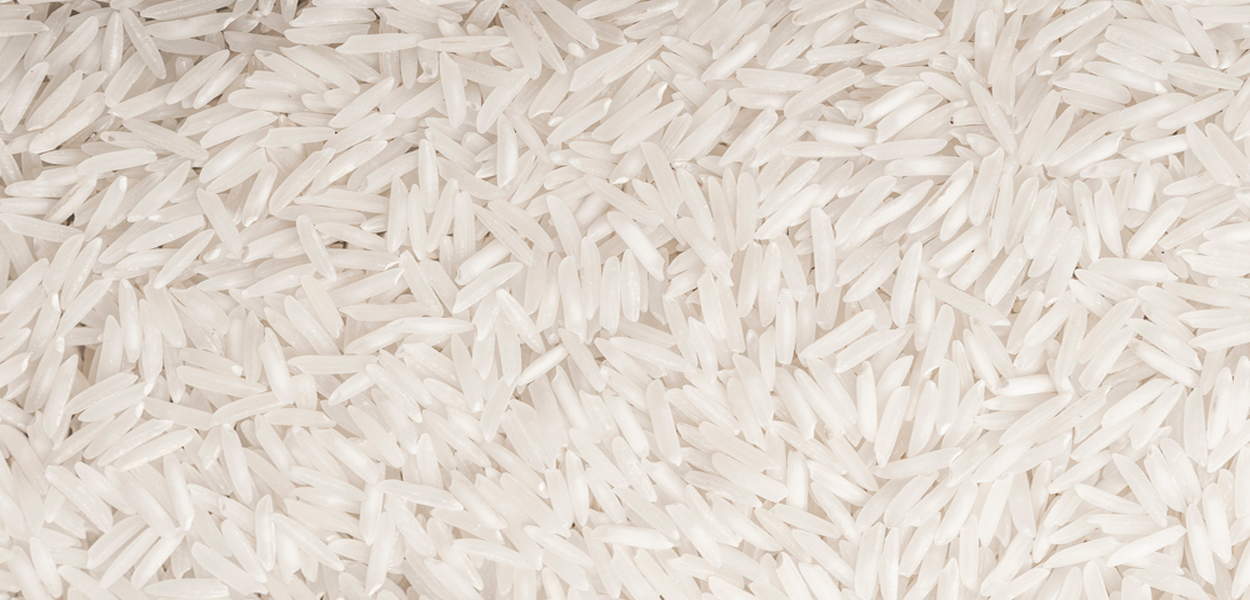- (+91) 77538 61056
- info@lhominternationaltrade.com
Basmati Rice

Basmati Rice
Basmati rice is a long-grain rice that's known for its aroma, flavor, and fluffy texture. It's a staple in Indian cuisine and is also popular in the Middle East and South Asia. The Basmati grain is unique in that it expands more than twice its dry length during cooking. Unlike other types of rice, the grains only expand lengthways, which allows them to retain their characteristic length and slenderness when cooked.
The fiber in basmati rice is soluble, meaning it adds bulk and helps move waste along the digestive tract. Eating whole grains like brown basmati rice is linked to a lower risk of heart disease. Whole grains help to reduce blood cholesterol levels. Basmati rice evolved in the foothills of the Himalayas in what is today Pakistan and northwestern India. The word “basmati” is derived from two Sanskrit words, vaas (fragrance) and matup (possessing). In north India, “va” is pronounced as “ba,” and thus Vaasmati became Basmati.
For export-quality basmati rice, grain length/breadth shall be a minimum 3.5. All the brands met the grain length/breadth requirement mandated for export quality. Aeroplane and Lal Qilla scored highest on this parameter. Kernel elongation after cooking is an important character of fine rice.
| Calories | 210 |
| Protein | 4 grams |
| Fat | 0.5 grams |
| Carbohydrates | 46 grams |
| Fiber | 0.7 grams |
| Sugar | 0 grams |
